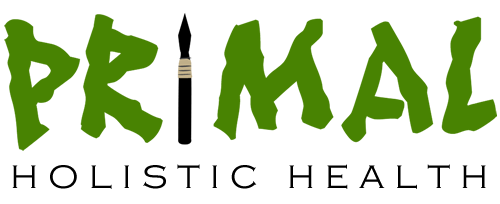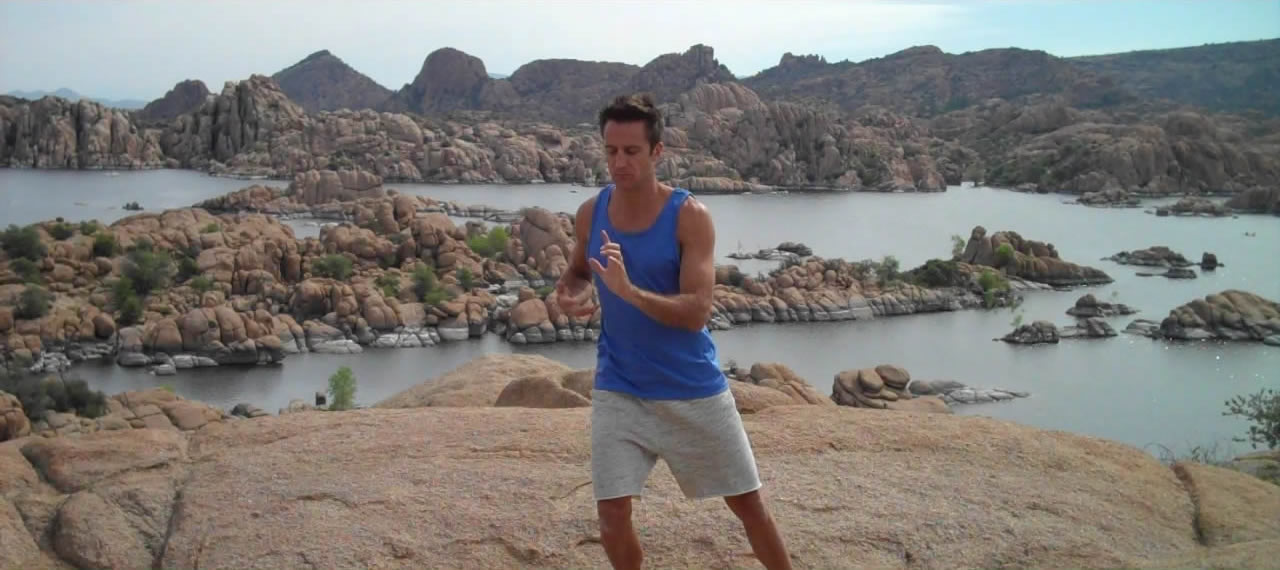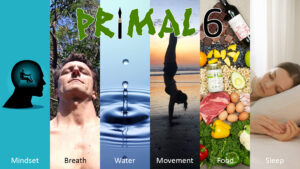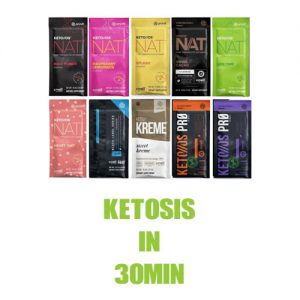This is a loose transcription of the video ‘Working In: Qi Gong and Tai Chi’
Brad:Qi gong and Tai Chi are ancient Chinese health practices that combine visualisation, movement, breathing and meditation to cultivate what the Chinese call Qi (pronounced, and also spelled ‘Chi’) — the life energy that flows through the body’s energy pathways called Meridians, to maintain essential health. Qi is the basis for Traditional Chinese Medicine. The body is unwell when the flow of Qi becomes stagnant or blocked, whereas a free flowing and balanced Qi energizes the organs, systems and cells. Qi Gong has been around since the 3rd Century B.C., and Tai Chi more recently since the 14th century AD.
Working In: Qi Gong and Tai Chi
Qi gong and Tai Chi have in common the same basic property (Qi), the same fundamental principle (relaxation), and the same fundamental method (slowness). Tai Chi has a more overt emphasis on the martial art aspects of the training. Each Tai Chi motion has a specific combative application, and thus can theoretically be used for self-defence. Not all Qi Gong motions are like this, as most of them exist solely for the purpose of meditation, health and healing.
As I am a firm believer in studying the healthy rather than the sick, Eastern medicine has always been a fascination of mine. I’ve been practicing Qi Gong in particular for several years now and found it to be a fantastic form of active meditation. It’s a lot less complex to the Kung-Fu type moves of Tai Chi that you must learn. Tai Chi can certainly distract your focus from the energy manipulation aspects of the art due to how much you must learn. Qi Gong practice is often less prescribed, instead following a series of movements based on the needs of the practitioner or even the whims of the instructor. The latter certainly pertains to me! I’ve only done a basic 12-week course from which I then combined movements with my own that I have found make me and my clients feel good.
Now I will lead you through a Qi Gong session…
If this is your first time trying this, let go of your inhibitions and preconceptions about what Qi Gong and Tai Chi are, and allow yourself to relax and feel the buzz that you can get from doing this. Close your eyes to enhance the experience and the visualisations, especially if you’re in your lounge room or not in a picturesque place like I am here at Watson Lake in Arizona. How long you continue each movement is up to you. For the sake of keeping this video shorter, I’ll teach you each movement for around 30 seconds to a minute. Try the same yourself for longer after watching this video.
Copy what I do…
Don’t worry if you don’t do the exact thing as what I’m doing. Just allow your body to let go. Swing your arms gently side to side as I am. Continually breathe in and out of your nose for the whole session.
As we now change the movement, imagine yourself painting a fence– painting a fence with Qi. Breathe in on the way up, breathe out on the way down. Breathe in the way up, drag your knuckles. Breathe out on the way down. and let them float to the ground like a feather. Nice and slow, with a gentle movement from the front to the back of your feet as you raise up and pull back down to the ground. As we paint the fence again on the way up, we’re going to change the movement to an energy push from the chest. Breathe out as you push out with both hands, breathe in as you return to your chest. Add a visualisation to this process this time, imagine breathing out hot stressful red-coloured energy, and as you breathe in you inhale blue-healing cool energy.
As you return your hands to the chest, we’ll change the movement to a single arm energy push across the body with your right hand. As you push your right hand across your body, shuffle your left foot to the left and take a wider stance, and as before, breathe out as you push the energy across your body, breathe in as you return your hand to the waist. With this movement, imagine you are again holding a ball of energy which you are holding lightly within your hand. Push this red ball of energy across the body. Upon reaching the end of your single arm energy push, scoop up the energy ball change the colour of the ball from red to blue then return it back to the body. Should you wish to copy the way I do it so it flows more, pay more attention to my hands. When you have the movement copied, close your eyes again and return to the moment.
As you return your hand to below your chest holding two balls of energy, slowly breathe out and press these two red balls back down towards the earth as you squat down as far as you can comfortably squat. Only go as far as your flexibility allows. If you can squat right down into a primal squat position, then do so. Scoop up the healing energy of the earth as you stand back up and raise your hands back up to your chest where you can allow your body to absorb the energy. Repeat the movement.
Now, let’s combine all the singular movements into one. From the bottom of the squat, scoop up the energy, stand up and now push forward into a two-arm energy push. Return to the chest, and then single-arm energy push across the body. Swap to the other arm, return both arms towards the chest. Two-arm energy push in front of the body again, return to the chest and then press back down to a squat position; and repeat the same thing.
When it’s time to complete your session, you could just cease movement in your body and stand at ease. Taking in the sounds of the area of where you’re standing; relaxing and focusing on your breath. Or, you could do what I’m doing here and sit down and get into a deeper meditation. If meditation is also a fairly new thing for you, then check out my Meditation Made Simple. I hope you enjoy this video.
How did you feel doing the Qi Gong? Did it relax you, energise you, or a bit of both?
Working In: Qi Gong and Tai Chi – April 2015








